Service hotline
+86 0755-23615795
Release date:2025-05-14Author source:KinghelmViews:2514
Switching devices play a vital role in electronics and electrical engineering by controlling circuit connectivity, adjusting current or signal levels, and enabling logical functions. Below, we provide a detailed overview of common switching devices, their characteristics, distinctions, and applications.
01 Classification of Switching Devices
Switching devices can be categorized by operating principles, applications, or structure. Here, we focus on classifications based on working mechanisms.
1. Mechanical Switches
Mechanical switches use physical contact to open or close circuits. They are simple, intuitive, and reliable but have limited lifespans due to wear and environmental sensitivity. Common types include:
Pushbutton Switches:
Momentary: Reset immediately after release.
Latching: Maintain state until pressed again.
Rocker Switches: Used in household appliances and lighting for easy operation.
Slide Switches: Control power in devices like smartphones (e.g., mute switches).
2. Solid-State Switches
Solid-state switches use semiconductors (no moving parts) for switching. They offer fast response, high reliability, and no wear but require complex designs and are sensitive to temperature/static. Examples:
Thyristors (SCRs): Handle high AC currents with self-latching properties.
Transistors (BJT/MOSFET): Enable precise control in circuits; MOSFETs excel in power efficiency and speed.
3. Magnetic Switches
Magnetic switches use magnetic fields for non-contact operation, reducing wear. Examples:
Reed Relays: Magnetic contacts open/close with external fields, ideal for sensing.
Hall Effect Sensors: Detect magnetic fields for speed measurement and position sensing.
02 Characteristics and Comparisons
| Switch Type | Working Principle | Pros | Cons | Applications |
|---|---|---|---|---|
| Mechanical | Physical contact | Simple operation, durable | Limited lifespan, environmental sensitivity | Household appliances, industrial controls |
| Solid-State | Semiconductor control | Fast response, no wear | Temperature/static sensitivity | Power management, motor control |
| Magnetic | Magnetic field change | Non-contact, reliable | Costly, magnetic interference | Automotive, position sensing |
03 Key Selection Criteria
When selecting switches, consider:
Size: Match to application (e.g., compact for wearables, larger for industrial use).
Default State: Normally Open (NO) or Normally Closed (NC).
Pole/Throw Configuration: Define circuit paths (SPST, SPDT, etc.).
Mounting: PCB (SMD/through-hole), panel, or DIN rail.
Actuation: Manual, tool-based, or electronic.
Ratings: Ensure voltage/current compatibility.
Environmental Resistance: IP ratings for dust/water protection.
Examples: DIP switches, toggle switches, tactile switches, rocker switches.
04 Application Scenarios
1. Household Appliances
Lighting: Pushbuttons and smart switches for intuitive control.
Kitchen Devices: Heat-resistant switches in microwaves, ovens.
HVAC: Thermostat-linked switches for energy efficiency.
2. Industrial Automation
Production Lines: Sensors and switches for automated control.
Motor Drives: MOSFETs/IGBTs for CNC machinery.
Safety Systems: Emergency stop buttons, limit switches.
3. Automotive Electronics
Ignition Systems: Thyristors for spark generation.
Lighting/Signals: Rocker switches for indicators.
Power Windows: Relays for motorized controls.
4. Communications
Network Hardware: Transistor arrays in routers/switches.
Optical Switching: Fiber-optic switches for signal routing.
5. Energy Systems
Grid Protection: High-voltage circuit breakers.
Renewables: Inverters with MOSFETs for solar/wind integration.
6. Medical Devices
Life Support: Ultra-reliable switches in ventilators.
Diagnostics: Low-noise switches in imaging systems.
7. Aerospace
Flight Controls: Rugged switches for avionics.
Power Management: Radiation-hardened components.
8. Consumer Electronics
Smartphones: Tactile switches for buttons.
Wearables: Miniature switches for compact designs.
05 Conclusion
Switching devices are indispensable across industries, evolving with advancements in materials (e.g., wide-bandgap semiconductors) and manufacturing (e.g., nanotech). As 5G, AI, and IoT drive demand for faster, more efficient devices, innovations in switch technology will continue to expand their roles in smart grids, aerospace, and beyond. Understanding their classification, selection, and applications is key to unlocking next-generation engineering solutions.
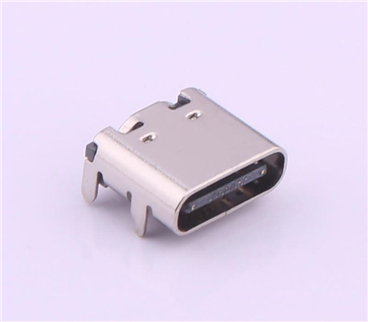
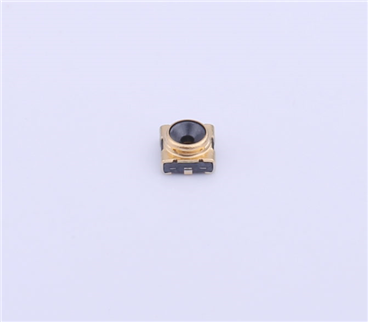
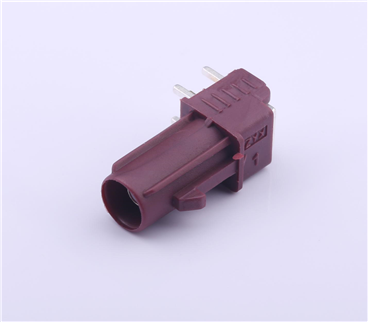
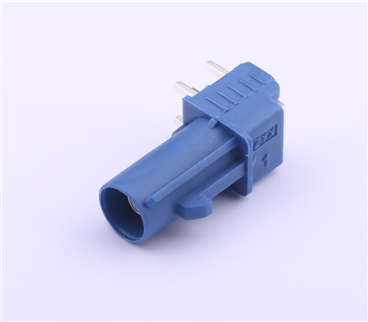
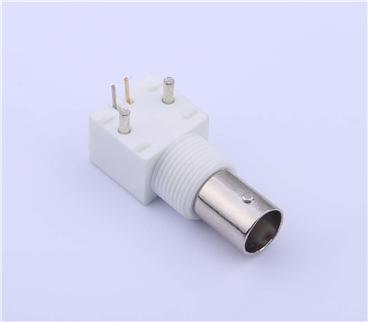
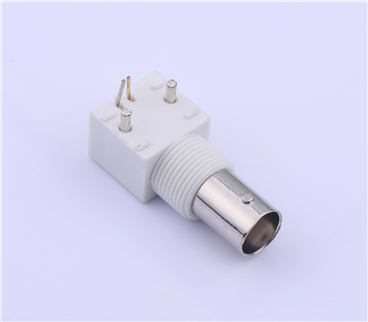
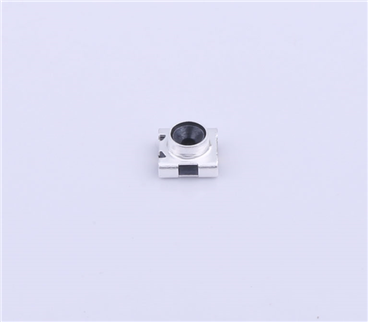

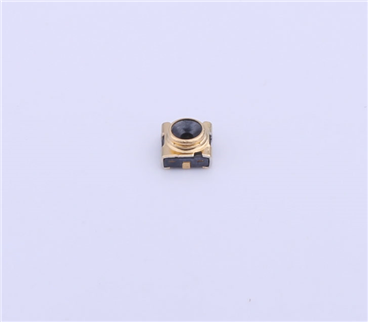
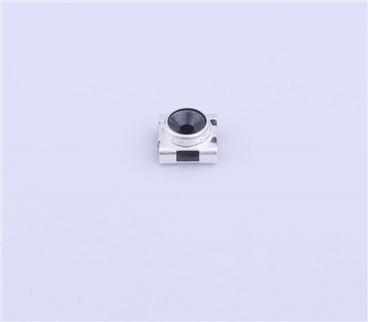
Copyright © Shenzhen Kinghelm Electronics Co., Ltd. all rights reservedYue ICP Bei No. 17113853